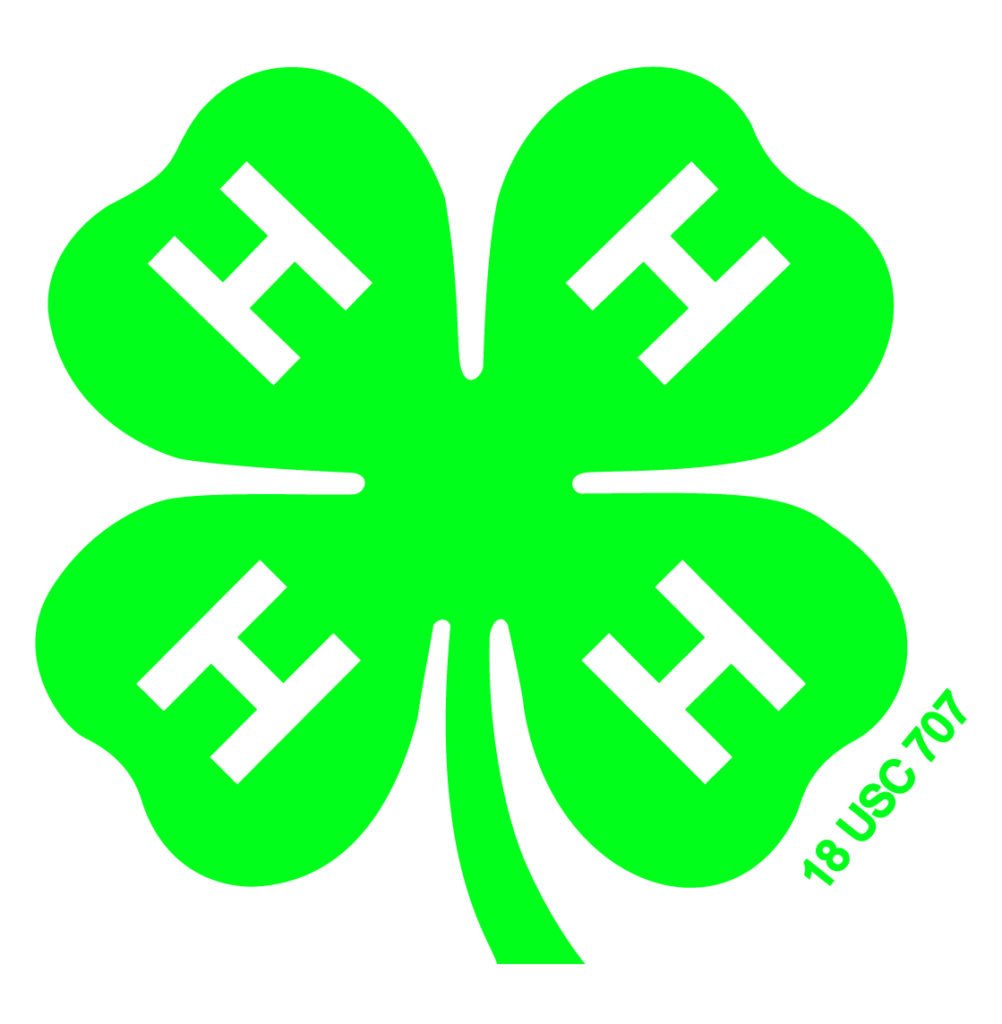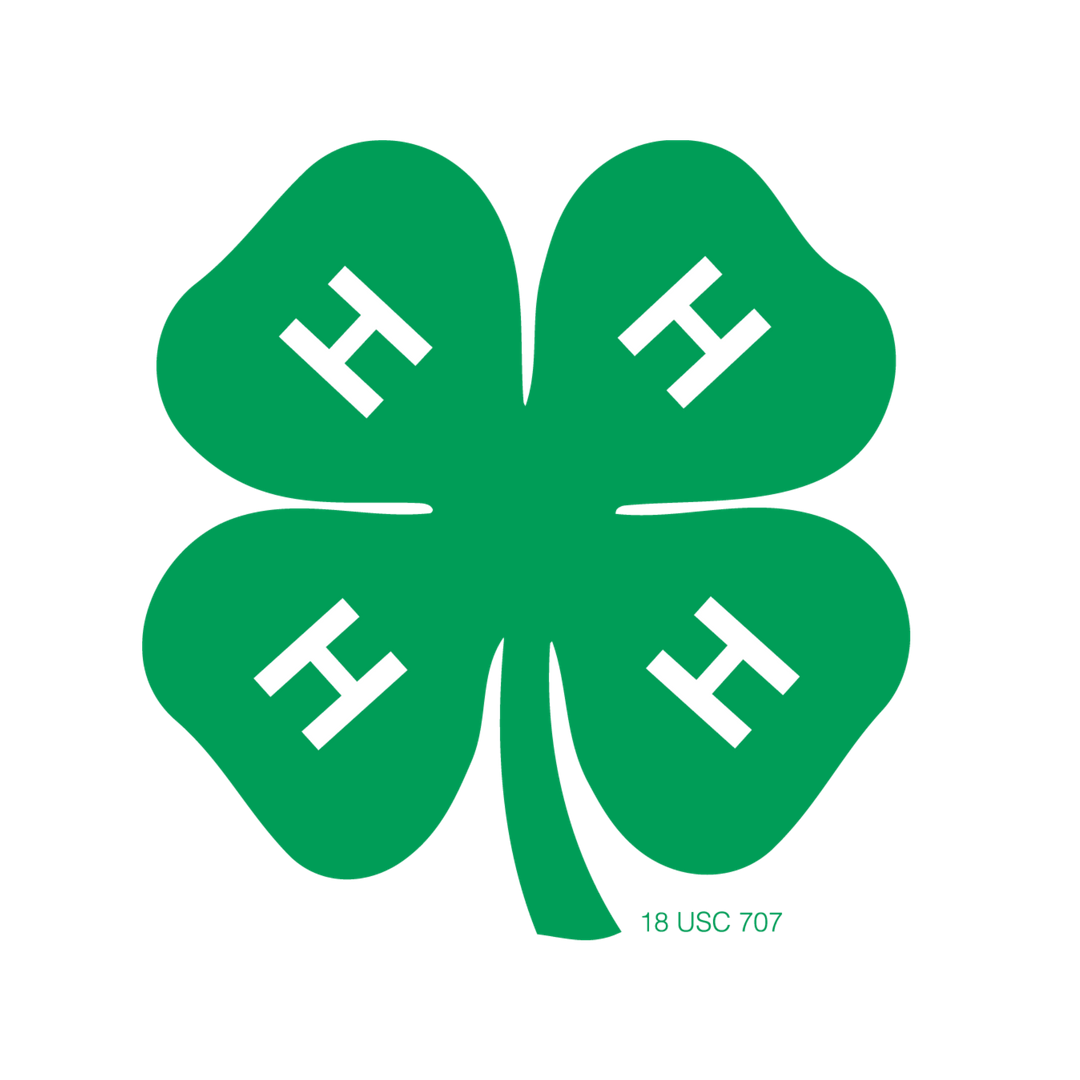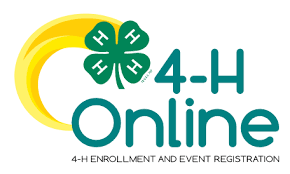4-H is a youth development program of the Texas A&M AgriLife Extension Service focusing on the needs, interests, and concerns of young people. Its aim is to help youth acquire a positive self-concept, rational social behavior, knowledge and problem-solving capabilities. Children from 3rd grade to 12th grade regardless of social-economic level, race, color, sex, religion, handicap, national origin or geographic location may participate. For more information about Texas 4-H, District 9 4-H, and National 4-H programs.
4-H offers youth opportunities to:
• Develop Leadership • Practice Democracy • Acquire and Advance Knowledge and Skills • Develop New Interests • Make New Friends • HAVE FUN!!!!!
 Where It Started
Where It Started 
The first county Extension agent in Texas was appointed in 1906, 8 years before the organization of Texas A&M AgriLife Extension
Service. Two years later, T.M. (Tom) Marks, county agricultural agent, organized the first boys’ “corn club” in Jack County. Marks found that he was more successful teaching new production technology to the youth than to the adults.
Within a matter of years, “pig clubs,” “beef calf clubs” (Coleman County, 1910) and girls’ “tomato clubs” (Milam County, 1912)
were also initiated. The stage was set for the rapid expansion of educational programs directed to rural youth. Within a span of 91
years, 4-H enrollment in Texas has grown from the original 25 corn club members in Jack County in 1908 to more than one million
youth in 2000.
 4-H Today
4-H Today 
4-H is America’s largest youth development
organization.
In 4‑H programs, kids and teens complete hands-on projects in areas like health, science, agriculture and civic engagement in a positive environment where they receive guidance from adult mentors and are encouraged to take on proactive leadership roles. Kids experience 4‑H in every county and parish in the country through in-school and after-school programs, school and community clubs and 4‑H camps.
As the youth development program of the Cooperative Extension System of land-grant universities, Cooperative Extension of 1862 and 1890 land-grant universities provide the leadership to engage young people in 4-H in all 3,007 counties of the United States. The impact of the Cooperative Extension partnership is profound, bringing together National Institute of Food and Agriculture of USDA, land grant universities and county government to resource learning opportunities for youth.
Through America’s 110 land-grant universities and its Cooperative Extension System, 4-H reaches every corner of our nation—from urban neighborhoods to suburban schoolyards to rural farming communities. With a network of more than 6 million youth, 540,000 volunteers, 3,500 professionals, and more than 60 million alumni, 4-H helps shape youth to move our country and the world forward in ways that no other youth organization can.
4-H Pledge
|
4-H Logo
|
4-H Motto“To Make the Best Better” 4-H Slogan“Learn by Doing” |
4-H Prayer
“Help me, O Lord, to live so that the world may be a little better because Thou didst make me.” …Amen
4-H Colors
Green – Nature’s most common color is emblematic of springtime.
– LIFE AND YOUTH
White – Symbolic of purity and high ideals.
4-H Emblem
The four-leaf clover with the letter “H” on each leaflet, meaning foursquare development of HEAD, HEART, HANDS, and HEALTH, is the accepted emblem. The emblem is protected by a United States Department of Agriculture copyright.









